How To Take Your Running to the Next Level, Without Running

(Photo: Getty Images)
The only way to get better at running is by running–the logic makes sense. But is it true? Not necessarily.
There was a time in my life where I piled miles on miles on miles. To the point where now I wonder how I even had time for my job during those 80 mile weeks. I focused on running to get better. And what do you know? I got progressively worse as the season went on. But when you’re in the middle of regressing, you don’t quite realize until it’s way too late.
As runners looking to get faster, we think if we just focus on running more miles at completing more intense workouts, then we’ll get faster. But sometimes more work isn’t the answer. Read on for other areas of your life to focus on that will also improve your run game.
5 Things Runners Should Focus On, Other Than Running
If you want to see a breakthrough in your performance, you need to focus on being healthy in all aspects of your life. Overtraining, after all, can have disastrous consequences. Here are the five focus points I recommend to improve your performance.
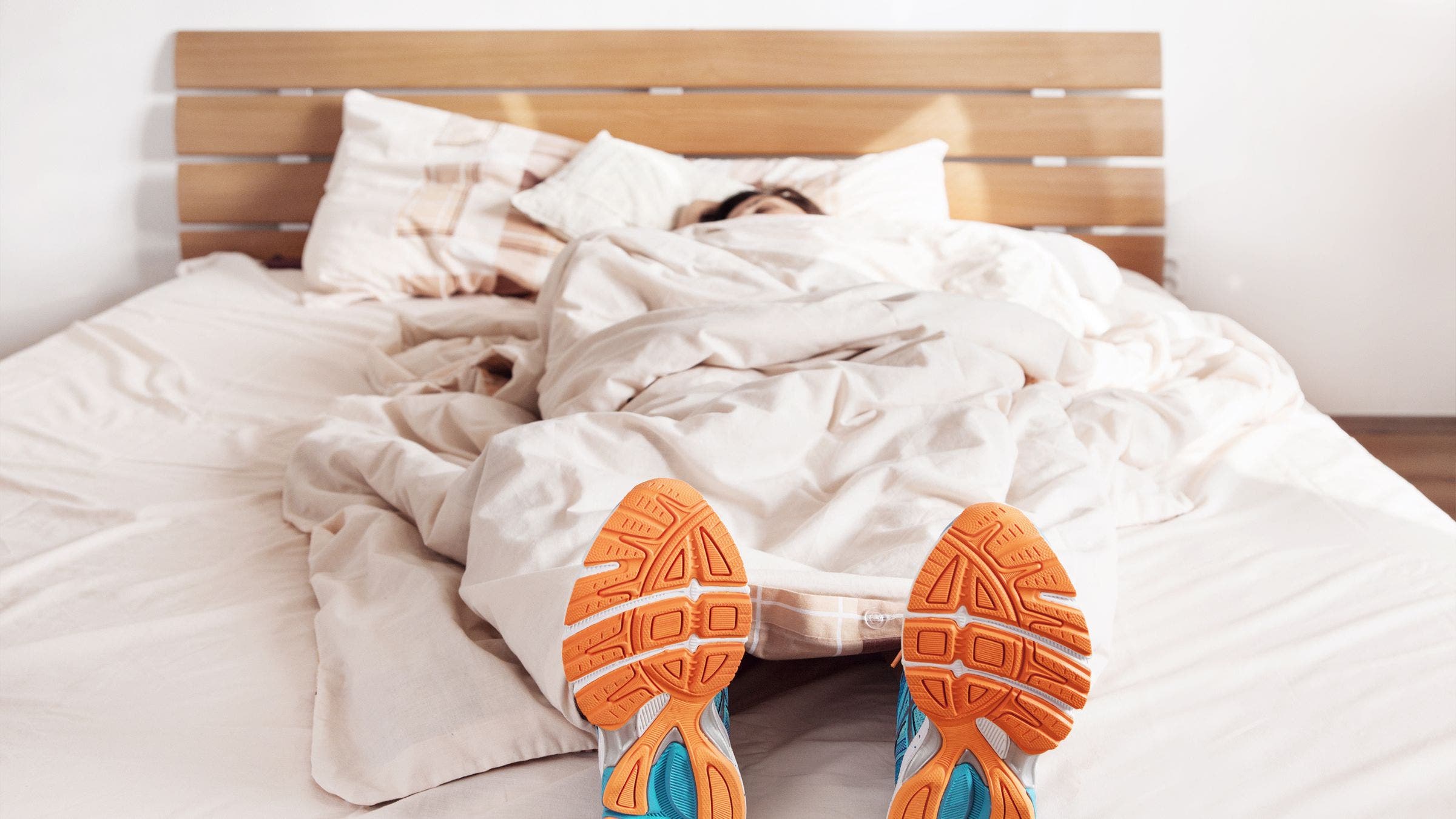
1. Sleep
It can’t be stressed enough. Sleep is the number one thing outside of running to improve fitness and better your performance. Before I ran my marathon PR I was sleeping 8-9 hours a night consistently. Your body does the most recovery and rebuilding during sleep. So more sleep will allow you to train harder and more consistently and create a smoother path to your best fitness ever!
If you’re running low on sleep in a training cycle and it feels like your body isn’t catching up, don’t feel bad skipping a run and sleeping in. Sometimes that can be the most productive training choice that you make.
There’s a reason why pro runners schedule in naps into their days and call them “business meetings”— they know the secret to recovery is good restorative sleep and there is no substitute for actual sleep. You cannot take supplements that will replace the need for sleep.
Running is a holistic endeavor. It requires a balancing of mind, body, and spirit. And it’s important to be taking care of your body so that you can see things come together for your running. If you focus on putting your body first, you’ll see the progress you’re working towards come to fruition.
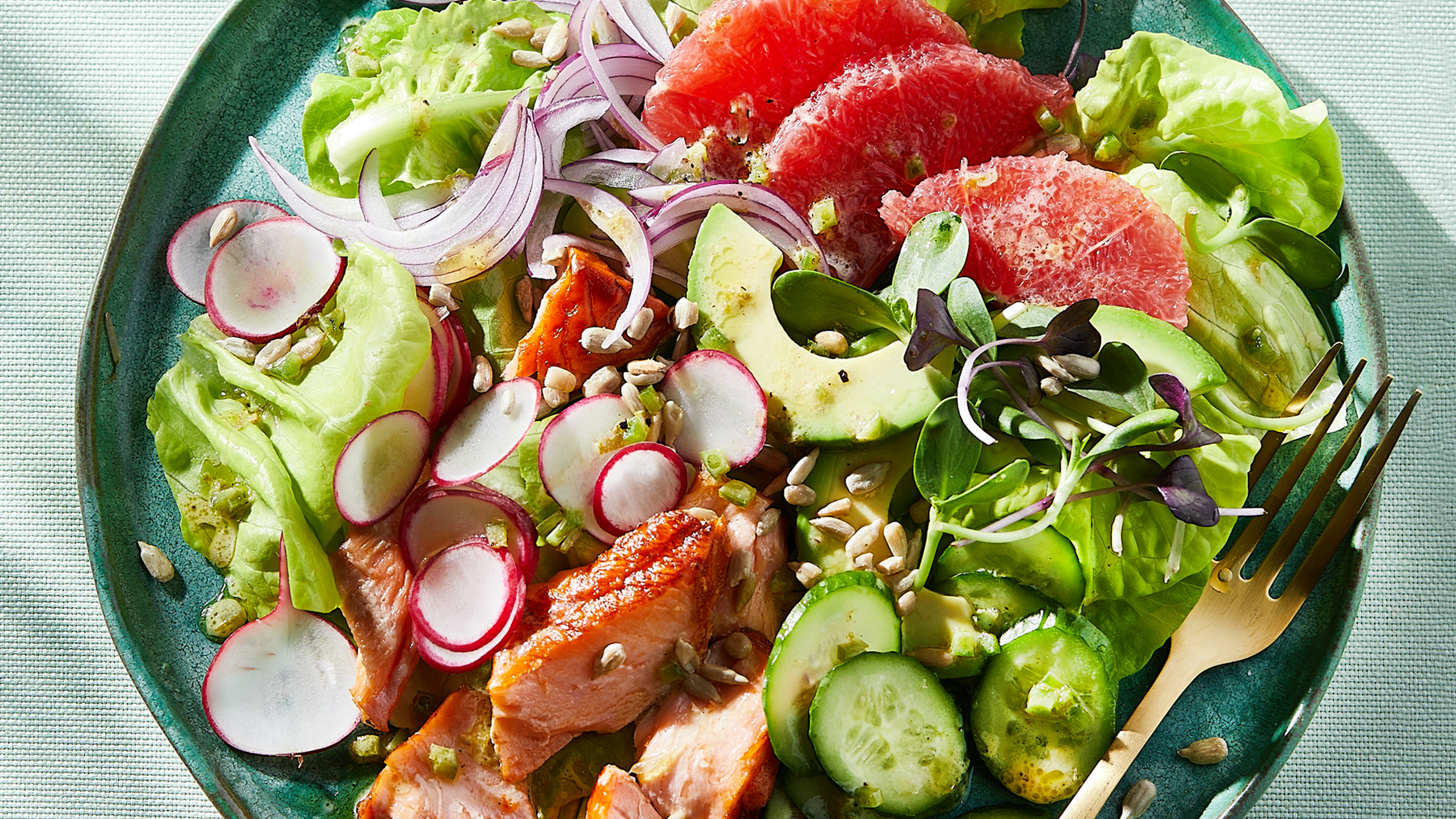
2. Training Nutrition
I used to live by the phrase: “If the furnace is hot enough, it’ll burn anything.” While that may be true, it still needs good fuel. I realized that just because the furnace will burn it now doesn’t mean that it will continue to burn as hot if it is only fed junk. The better notice I took of nutrition, the better I fueled, the better equipped my body would be to perform, recover, sleep, work, and just function in general.
Eat a balanced diet of protein, carbs, vitamins, and minerals. And most importantly, eat enough. I find that by mid-season when training has really picked up and especially while marathon training, I can’t eat too much. During build phases, your body is burning a lot of calories for training and recovery, and you need to replenish with lots of calories. At peak training season, your body is more in danger of being under-fueled than over-fueled. Don’t go into workouts or races on a 1/4 tank of gas. You need to be fueled, topped off, and ready to go.
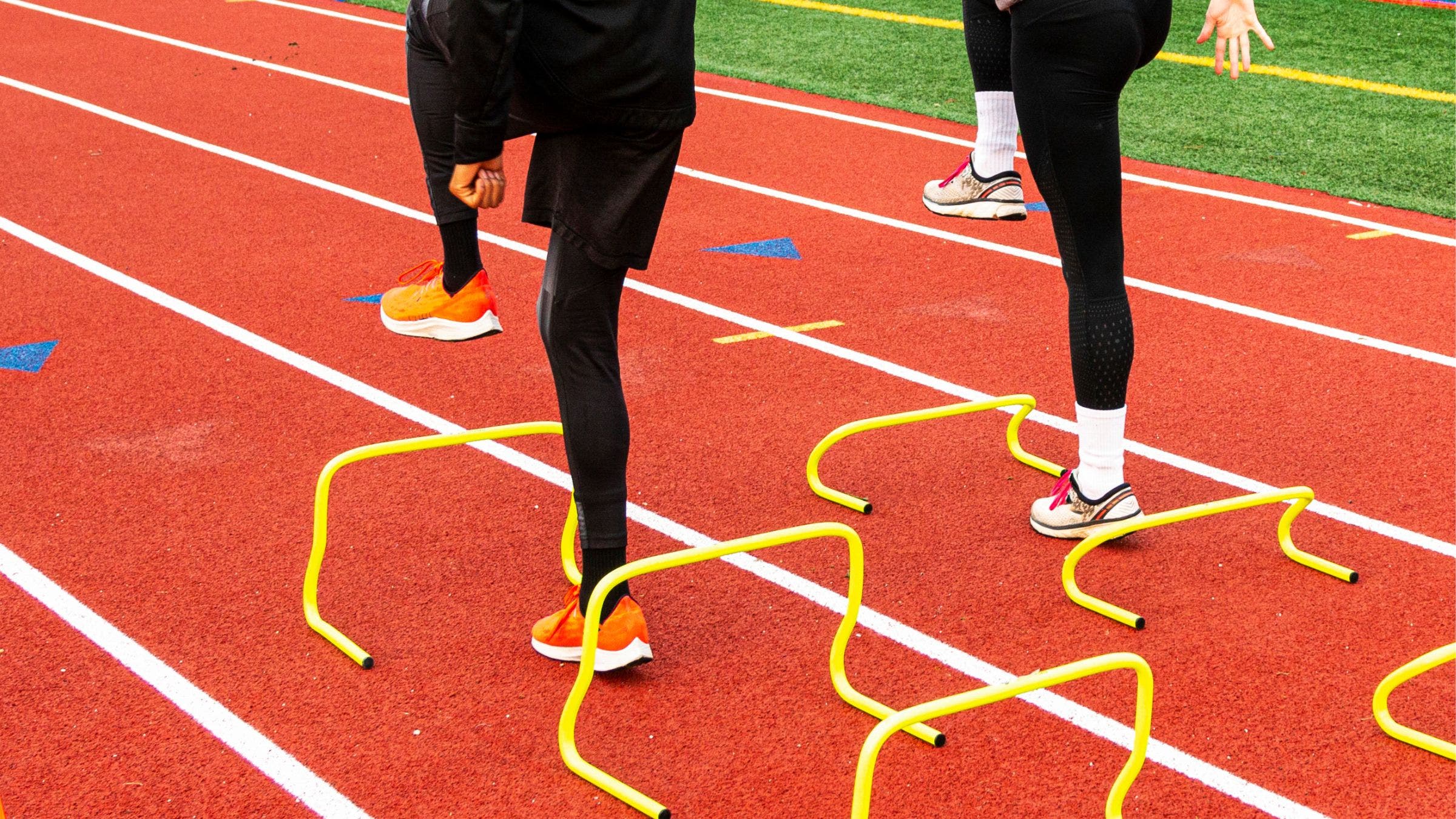
3. Form Drills
More efficient running means having the ability to hit faster paces and hold any given pace with less effort. Form drills don’t take long before or after a run (or anytime you’ve got a few minutes to walk outside). I promise you, if you focus on form, it starts to improve and starts to make running feel more effortless and smooth—which becomes an even greater motivator for continued form work.
Teach your muscles to produce quick powerful motions by exaggerating parts of the running stride with drills like high knees and butt kickers. Get more bounce in your stride and develop an efficient foot strike with tapping and hopping drills.
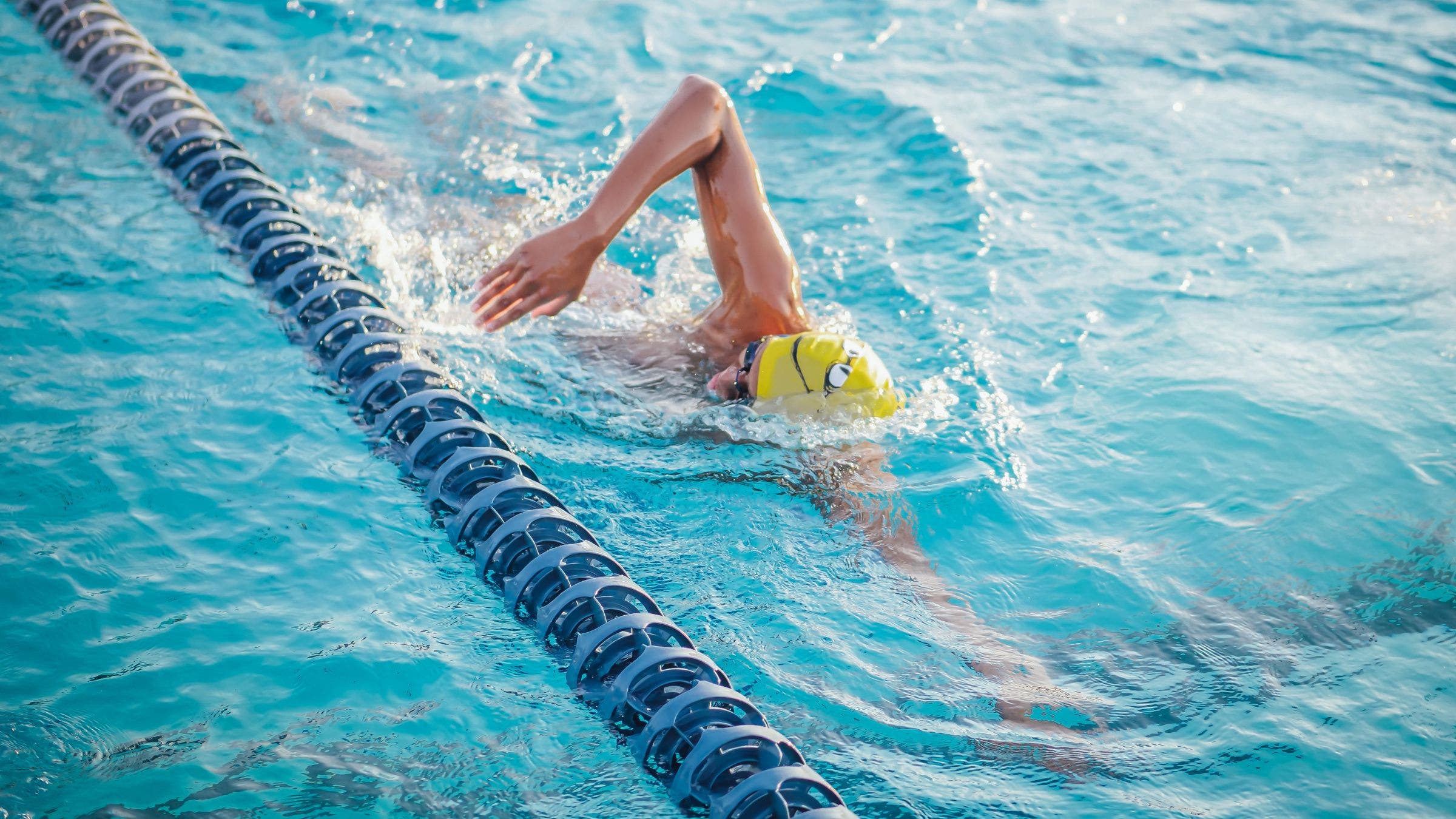
4. Cross Train
With the repetitive impact your body takes from running, you can only run so much without risking injury. Most runners will benefit more from adding a cross-training session instead of adding another run to their weekly schedule. Plus, cross training has some specific benefits that an extra run would not.
Cycling is one of the most popular forms of cross training for runners for good reason as it increases your aerobic capacity. Cycling at a low resistance encourages a small and quick motion which will help develop a faster running cadence and more efficient stride length. And cycling at higher resistances builds strength throughout the legs and hips.
Elliptical is another great form of cross-training, creating resistance in a motion very similar to running and working all the same muscles.
Swimming is least like running, but that’s not such a bad thing. It’s completely non-weight bearing so it’s great for getting in a full body workout and aerobic fitness while still being easy on your joints. The water has a compressive effect as well, which is extra great for recovery.
RELATED: Plyometrics for Runners
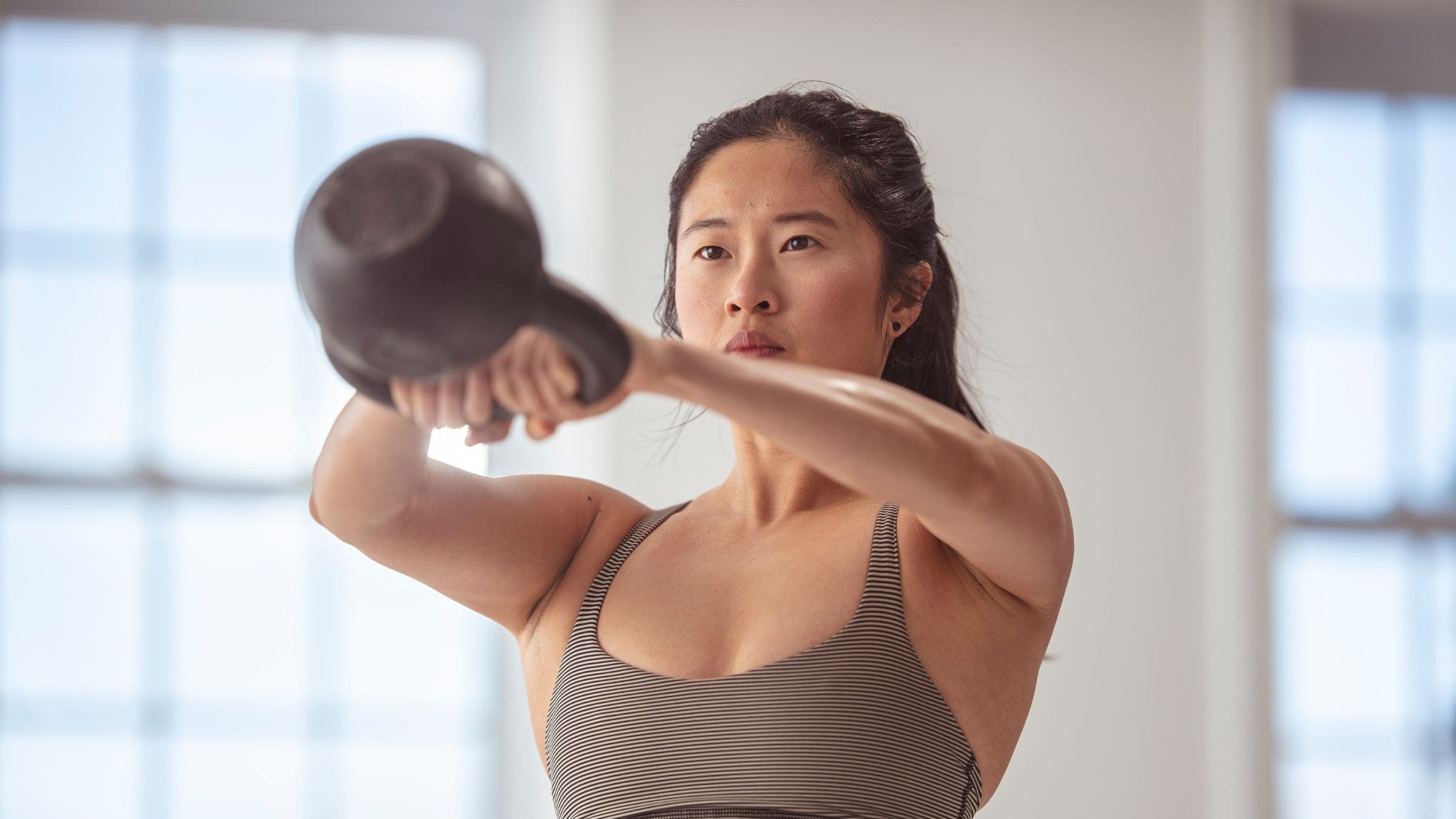
5. Strength Train
You don’t need to be a body builder. A little bit of strength work can go a long way. Stronger muscles produce a more powerful stride allowing you to cover more ground with ease. And when you’re late in a race and your muscles are feeling heavy, you’ll be used to pushing heavy resistance with those muscles and have the strength to keep your pace going.
If you’ve never done strength work before (or at least not for running purposes), start with body weight exercises and progress to light weights. Make sure to focus on major muscles like calves, quads, hamstrings, and hip flexors and extensors, as well as minor muscles that help stabilize like hip abductors and adductors, abs, and low back.
Strength training doesn’t need to be an overwhelming time suck. You’ll find it easier to commit to it if the time requirement is manageable within your schedule. For example, can you find a 20-minute time slot in your schedule twice a week? That’s all you need! If you’re really pressed for time, cut out a run or shave a couple of miles off of a run and replace it with strength training. I promise you, strength training is worth its weight in gold.
RELATED: The Quest for a Simpler Way to Boost Running Efficiency